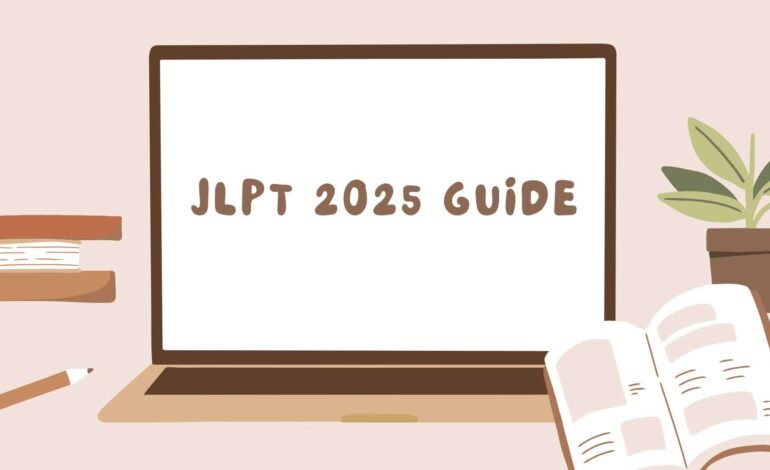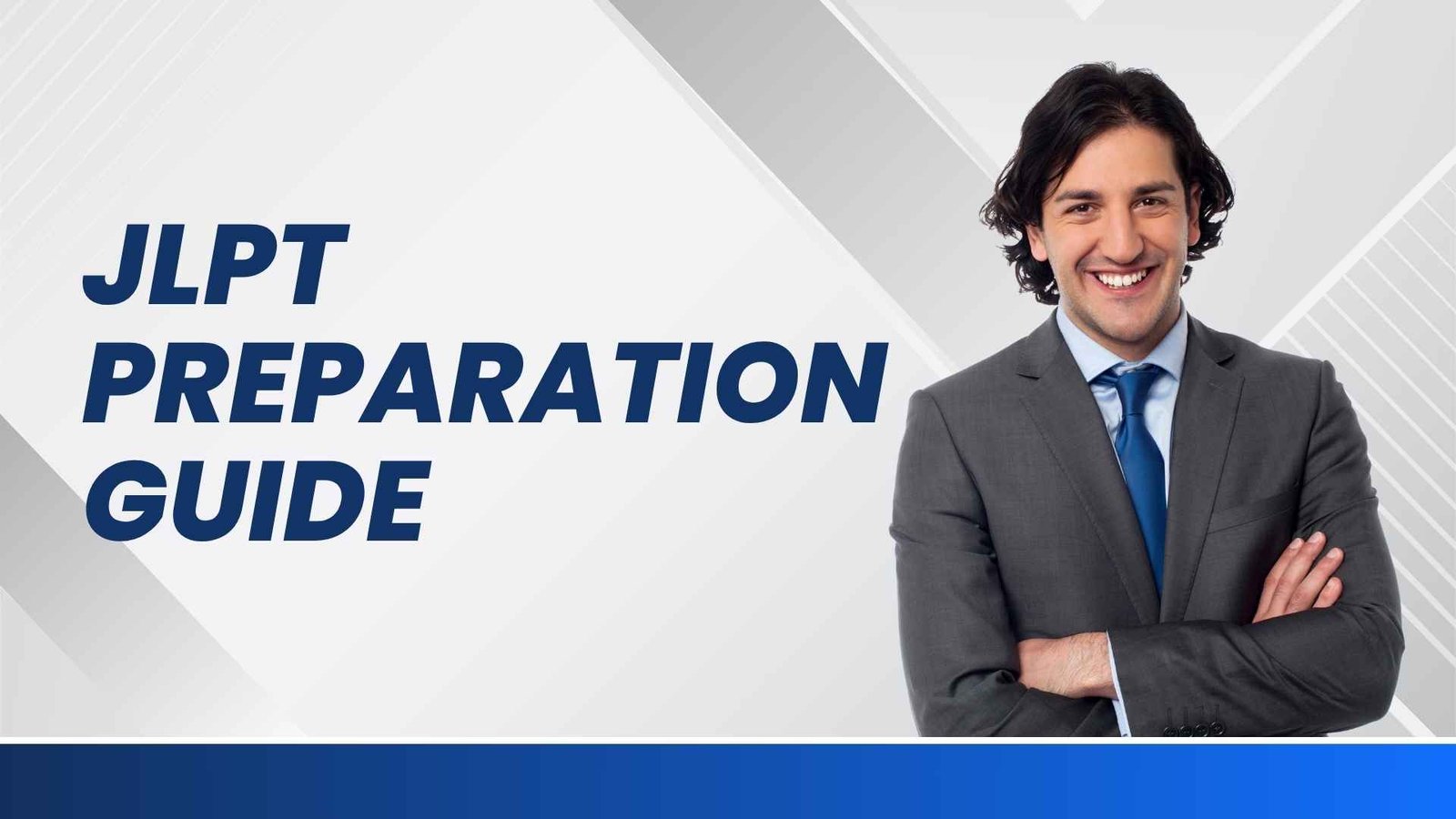The Japanese-Language Proficiency Test (JLPT) is widely recognized as a standard for measuring Japanese language proficiency, spanning five levels from N5 (beginner) to N1 (advanced). While many test-takers focus heavily on vocabulary and grammar, the Master JLPT Reading and Listening Sections with smart tips, common mistake alerts, and proven strategies to boost your score in the 2025 JLPT exam. often receive less attention, leading to avoidable pitfalls, especially for beginners. Understanding the mistakes to avoid in JLPT, particularly in these underestimated sections, is crucial for success.
These sections demand not just a strong foundation in vocabulary and grammar, but also effective test strategies, time management, and critical thinking. Whether you are preparing for JLPT N5 or progressing to JLPT N3, understanding and avoiding common pitfalls in the Reading and Listening sections can significantly improve your performance. Let’s delve into the key mistakes learners make and how to overcome them. Visit the official website.
Top Mistakes Students Make in JLPT Reading and Listening Sections
Many JLPT test-takers, especially at the beginner and intermediate levels, struggle with the Reading and Listening sections due to poor preparation strategies.
Common errors include ignoring the exam format, relying only on passive listening, and reading every line without skimming. These mistakes can lead to time mismanagement and low scores. Understanding these pitfalls is essential to improving performance and passing the JLPT confidently.
1. Ignoring the Exam Format and Time Duration
One of the most critical mistakes is neglecting to study the structure and duration of the JLPT exam. Each level has a unique format, and not understanding it can lead to mismanagement of time and poor section-wise strategy.
For example, in JLPT N5:
- The total exam time is around 105 minutes.
- Reading and Vocabulary/Grammar combined is 50 minutes.
- Listening lasts for about 30 minutes.
In the Reading section, candidates typically face 20–25 questions. In Listening, there are approximately 35–40 questions. If you enter the exam hall without knowing this, you may end up spending too much time on a few difficult questions and not have time left for the rest.
Solution: Always review the latest JLPT exam pattern and timing guidelines before starting your preparation. Download the JLPT N5 exam pattern PDF or equivalent for your level and practice within the stipulated time limits to get comfortable with the format.
2. Passive Listening Without Active Practice
Another widespread mistake is relying solely on passive exposure to Japanese audio. Many learners feel confident in their listening skills because they watch anime or Japanese dramas regularly. While this builds familiarity with intonation and speed, it does not train you in the specific skills needed for JLPT Listening sections.
JLPT listening tasks are designed to assess your ability to:
- Understand the gist of a conversation or monologue.
- Identify key details.
- Interpret the speaker’s intention, tone, or attitude.
Passive listening will not prepare you to answer structured questions under time pressure.
Solution: Use structured and level-appropriate resources like JLPT N5 question paper with answer PDF or official practice tests. Listen to each audio clip multiple times—first to understand the overall meaning, and then to catch specific details. Practice transcribing short audio excerpts or summarising what you heard to build active listening skills.
3. Overlooking Keywords and Cue Words in Listening Sections
In the Listening section, particularly at intermediate levels like JLPT N3, test-takers often make the mistake of trying to catch every single word in the audio. This approach leads to confusion and dis
- The total score is 180 points.
- The test is divided into three sections: Language Knowledge (Vocabulary/Grammar), Reading, and Listening.
- You must score at least 19 points in each section, and a total of 80 or more out of 180 to pass.
Even if you excel in Grammar and Vocabulary but fail to score the minimum in Listening or Reading, you will not pass the exam.
Solution: Assess your strengths and weaknesses and ensure that you practice all three areas. Use past test papers to simulate real exam conditions and track your performance section-wise. Allocate more time to your weak areas, but do not ignore your strengths.
Bonus: Neglecting Contextual Learning
A less discussed but equally important mistake is preparing for Reading and Listening sections in isolation. In reality, comprehension in both sections is rooted in contextual understanding. Many learners focus on rote vocabulary memorization or grammar drills without applying those skills in context.

Reading and Listening tests often use casual expressions, everyday topics, and colloquial phrases that do not appear in standard grammar textbooks. This can confuse learners during the test.
Solution: Supplement your grammar study with authentic materials like Japanese short stories, children’s books, YouTube interviews, or news apps designed for learners. For listening, tune in to podcasts or JLPT-style audio clips that feature real-life speech patterns. Use apps like JLPT Sensei or Nihongo no Mori for this purpose.
Practice with our Free JLPT Mock Tests to boost your score.
Frequently Asked Questions
1. How long is the JLPT Reading and Listening section for N5?
For JLPT N5, the Reading section is approximately 50 minutes, and the Listening section is around 30 minutes. Together, they make up the bulk of the test duration.
2. Where can I find JLPT N5 question papers with answers?
You can download sample questions and past papers from the official JLPT website or use trusted preparation platforms that provide JLPT N5 question papers with answer PDF files.
3. What is the passing score for JLPT N5?
You need a total of 80 points out of 180. However, you must also score at least 19 points in each section—Vocabulary/Grammar, Reading, and Listening.
4. Is the JLPT Listening section format the same for all levels?
The overall structure is similar across levels, but the complexity varies. N3 Listening includes more layered dialogues, longer questions, and inference-based answers compared to the simpler and more direct format of N5 or N4.
5. Can I pass JLPT N5 by just focusing on grammar and vocabulary?
No. While vocabulary and grammar are crucial, reading and Listening carry significant weight. If you ignore these sections, you risk failing the test even if you perform well in the others.
Conclusion
The JLPT Reading and Listening sections are more than just comprehension tests—they reflect your ability to apply vocabulary, grammar, and real-world understanding in time-bound situations. Avoiding the common mistakes discussed above—such as ignoring the format, passive listening, overreading, and poor planning—will put you on the path to success.
By practicing actively, using structured resources, and simulating real test conditions, you can strengthen your performance and pass your desired level confidently.
Prepare smart, stay consistent, and master not just the language but the test itself.






